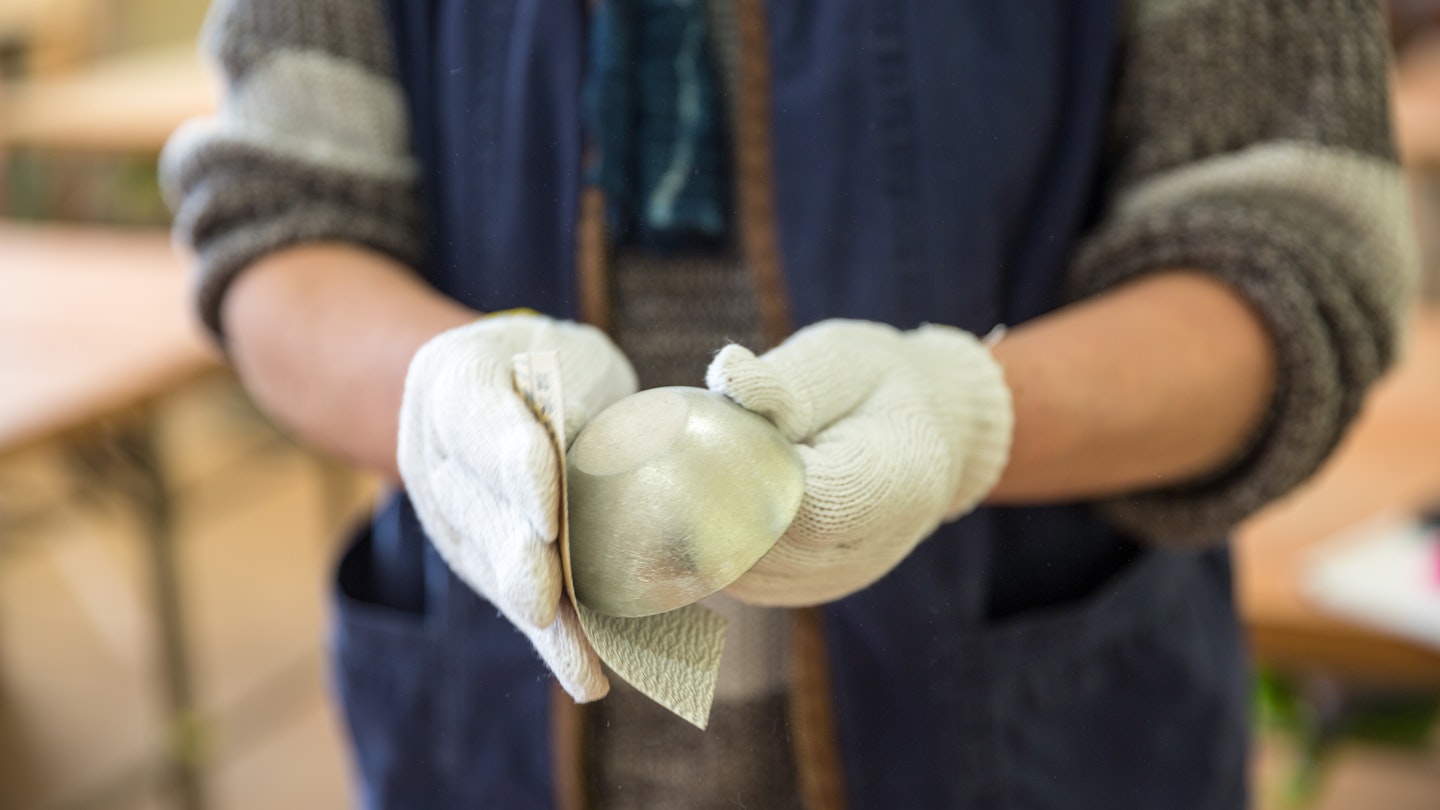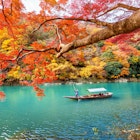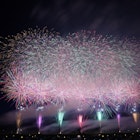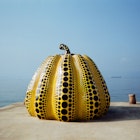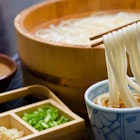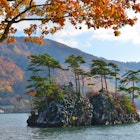The mountain-flanked region of Toyama in central Japan, replete with lush natural scenery flaunting both ocean and alpine vistas, also happens to be home to a handful of exquisite traditional crafts dating back over 400 years. Conveniently positioned along the Hokuriku Shinkansen train line, Toyama is a popular stop for travellers on the way to other attractions in the prefecture such as the renowned Tateyama Kurobe Alpine Route. However, for a more in-depth look at the local history and culture of the area, and to pick up a rare souvenir or two, consider renting a car in Toyama and embarking on a craft tour of the region.
Washi paper, local lacquerware, and wood-carved sculptures are just a few examples of the delightful handmade goods you are likely to come across on an arts circuit of Toyama. Many artisans have studios and workshops that welcome curious drop-in guests hoping to catch a glimpse of skilled craftspeople at work while on an atelier crawl around the region. It’s still recommended, however, to look online or call ahead to confirm opening hours before dropping in.

Copperware in Takaoka
Takaoka City’s metal crafts date back more than 400 years from when the daimyo (feudal lord) Maeda Toshinaga offered seven master casters tax exemptions to set up business in what was then his castle town. Takaoka subsequently became one of Japan’s leading metalware production centres, and this history and craftsmanship are proudly on show today at the Takaoka Regional Market Center. Here, visitors will find a collection of the crafts Toyama is celebrated for all in one location, including the renowned copper utensils. This is one of several places in the region where you can get hands-on and make your own copper sake cup, pouring molten metal into a hollow mould, leaving it to cool, then sanding it down to a sleek, shiny finish. Once completed, you can even bring it to a local izakaya (informal Japanese pub) to break it in with a free cup of local sake. The city is a 35-minute drive from Toyama.
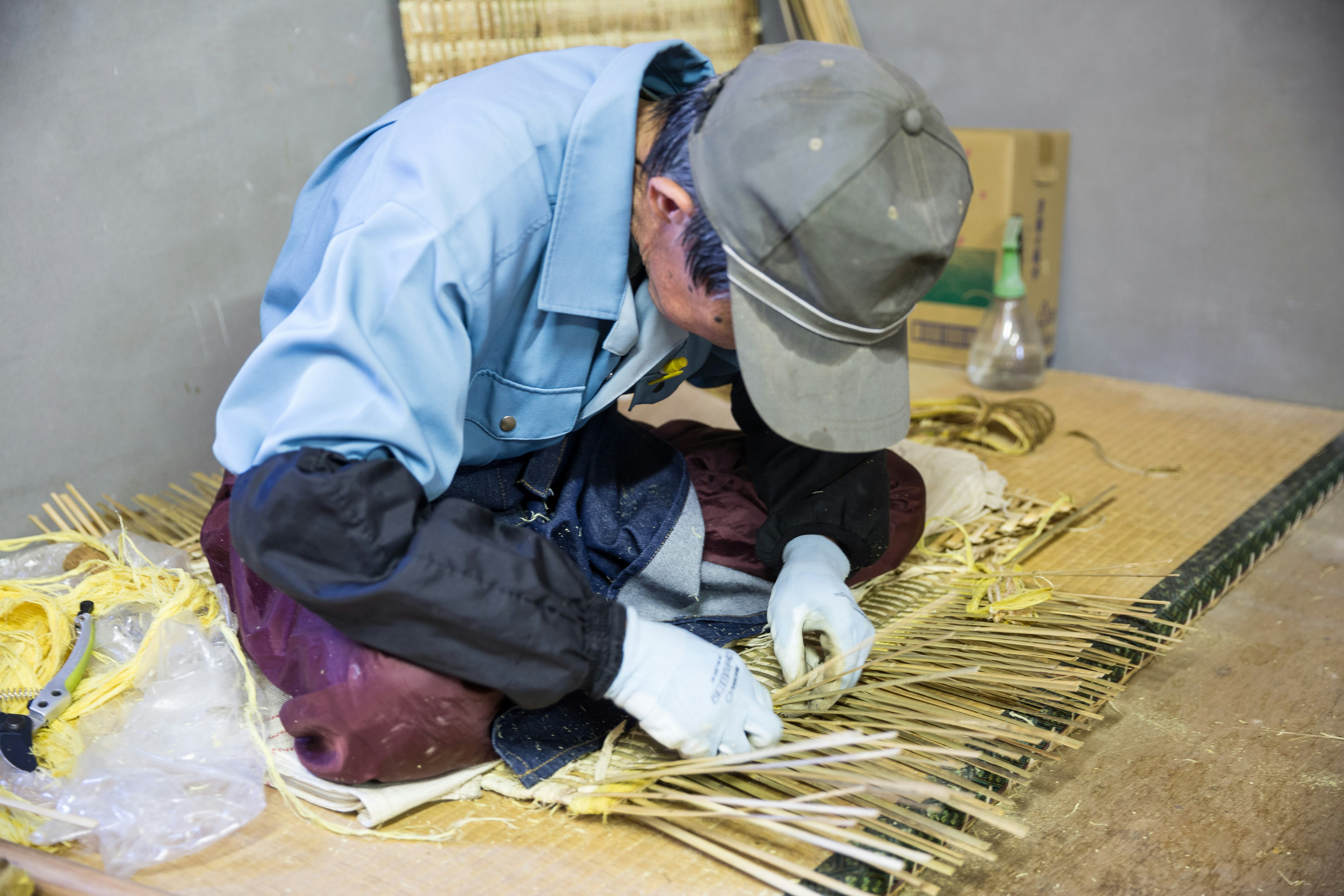
Basket-weaving in Himi City
While driving along the spectacular Toyama Bay coast and taking in views of the Japan Sea, make a quick stop at the Himi City Museum, which features a permanent exhibition on Fujimi bamboo basket weaving. These winnowing baskets were used for myriad purposes in Japan throughout the ages, including as a farm tool to sort and carry rice grains. Although they were once an essential item in everyday work, modernisation has meant demand for the baskets has fallen away, and the weaving technique is in danger of dying out. Himi City Museum is one of the few places in Japan where visitors can get a rare glimpse into this special style of weaving.

Washi handmade paper in Gokayama
The village of Gokayama, esteemed for its charming traditional thatched-roof gasshō-zukuri-style farmhouses dotted between petite square rice plots, is home to the Gokayama Washi Taiken-kan (papermaking centre). The Gokayama washi (handmade paper) tradition is passed down by the local people of the area. Washi is made using fibres from the inner bark of the gampi tree, the mitsumata shrub (Edgeworthia chrysantha), or the paper mulberry (kōzo) bush, allowing for it to be both soft and strong all at once. At the papermaking centre, you can learn about this traditional craft that stretches back more than 1200 years and there are even classes in English where you can channel your inner artisan and make your very own washi paper folding fans, postcards, and bookmarks.

Woodcarving in Inami
Local legend links the over 250-year woodcarving tradition of Inami back to a fire in the mid-18th century that destroyed the famous temple of Inami Betsuin Zuisenji. A master carpenter named Sanshiro Maekawa was sent to the region to train workers to rebuild the temple, giving way to the start of the nationally renowned Inami wood-carving tradition. Carpenters here mainly use camphor tree, zelkova, and paulownia timber and on one project can use up to 200 different types of chisels.
Inside the Inami Wood Carving Composite Hall, you can browse a collection of more than 200 masterfully crafted Inami woodcarvings, some for viewing only and some for sale. Marvel at intricately carved ranma (carved wooden panels, often placed above lintel between two rooms), wooden shishi-gashira (lion dance masks), and other exquisite carvings. You can become a carpenter for a day by signing up for a workshop where you can learn from the masters themselves. Make your own wooden smartphone speaker, postcard box, accessory case, or drink coaster using traditional Japanese carving tools.
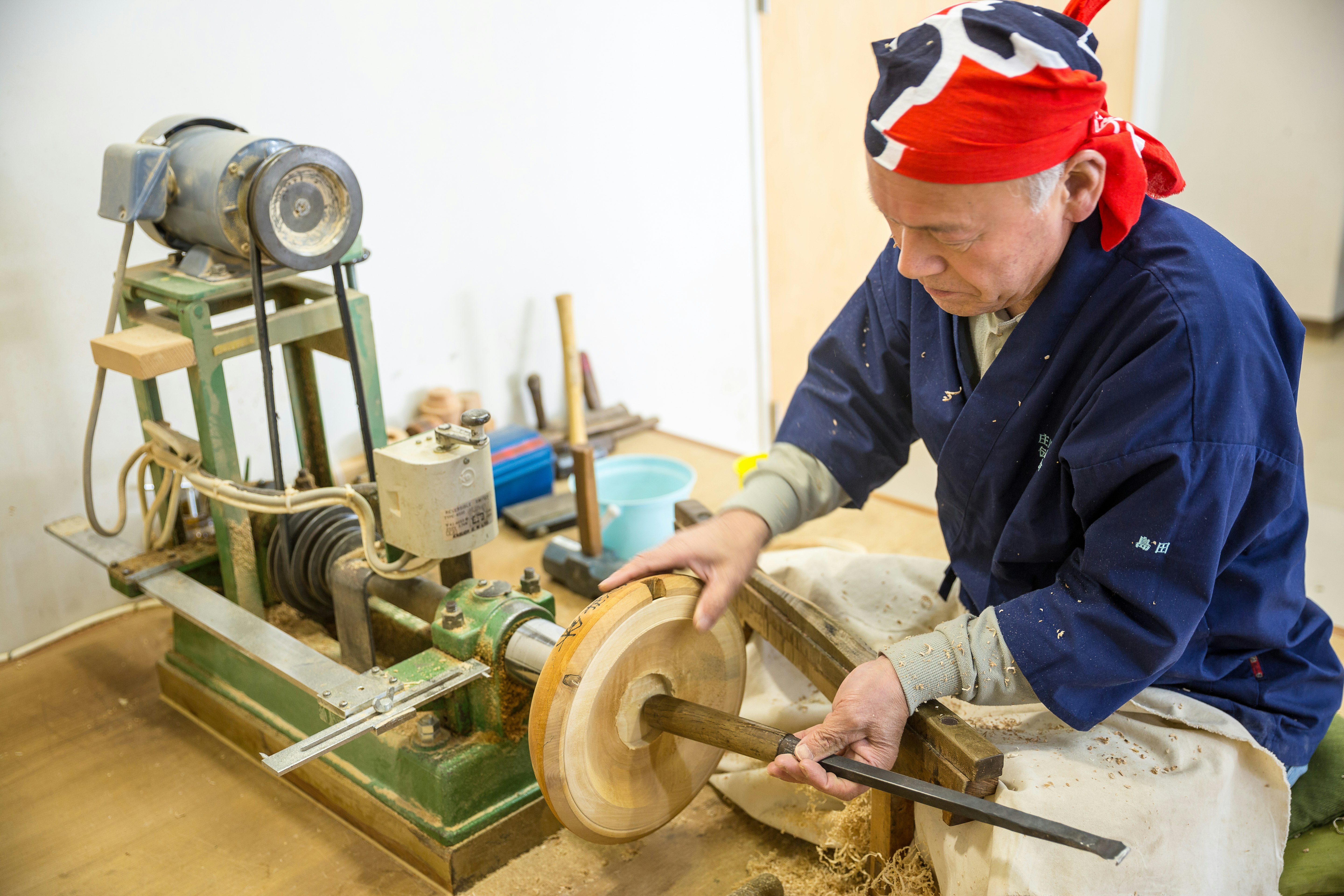
At the nearby Shogawa Aqua Memorial Park, you can learn all about Shogawa woodcraft – a much simpler, more practical style of woodcraft, but equally aesthetically pleasing as the Inami style. The main characteristic of Shogawa woodcraft is the appearance of the texture, which is achieved when the logs are cut lengthwise, allowing for a clear display of the grain. Simple kitchen items like bowls and trays are carved in a way that shows off the attractive grain patterns of the wood and are then finished with a special Japanese lacquer called urushi.
For more authentic designs in Asia, check out the arts and crafts scene in Hoi An
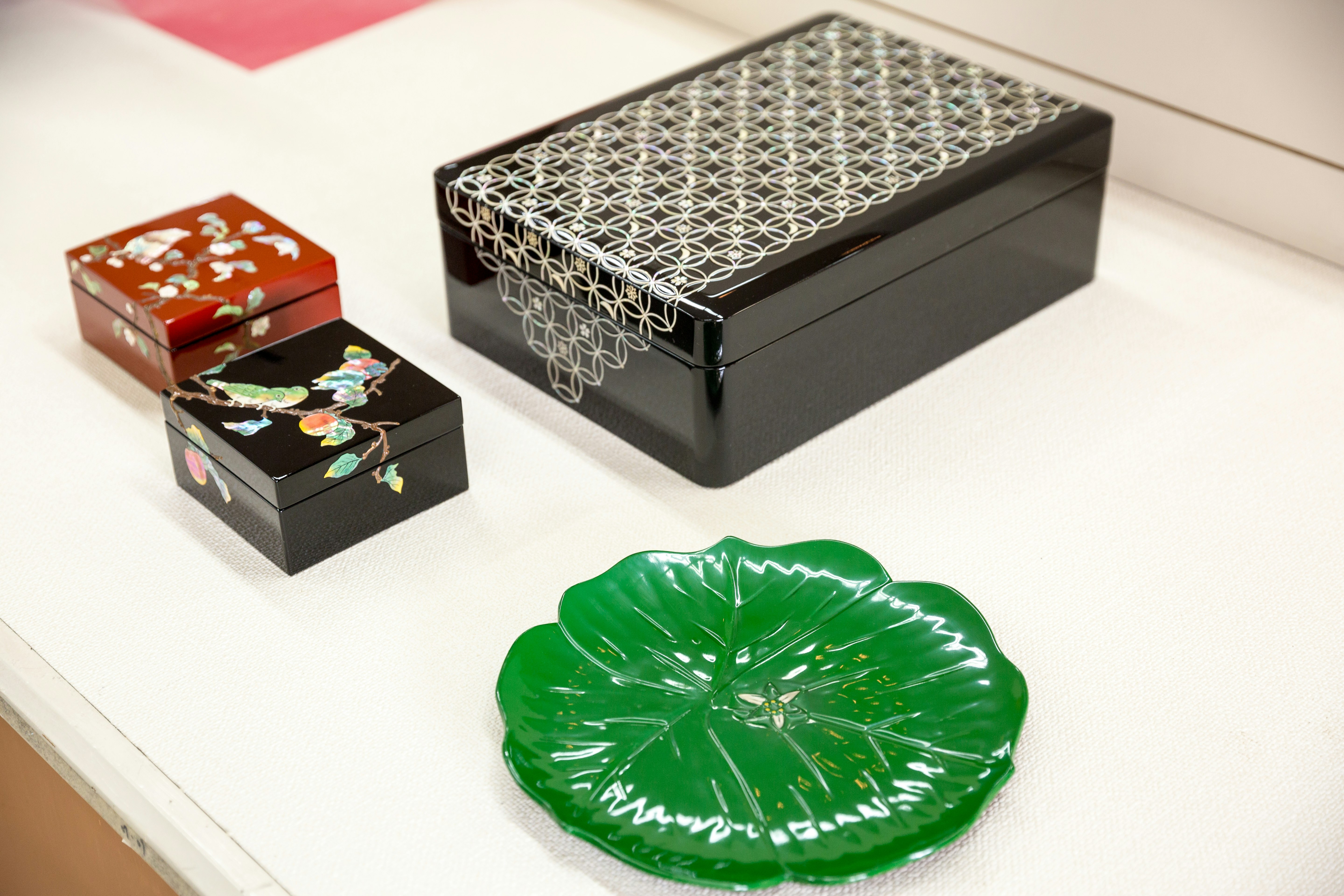
'Takaoka Shikki' lacquerware
During the Meiji Period (1868–1912), Takaoka was among Japan’s leading lacquerware-producing regions. Even today, it accounts for most of the Japanese market for objects featuring inlaid mother of pearl. Takaoka lacquerware is known for the wide range of styles that have come from the region, namely the aogai-nuri, yusuke-nuri and chokoku-nuri techniques.
Aogai-nuri is a style involving tiny pieces of aogai, which are thinly-shaved slivers of the shiny parts of seashells. These are used to create triangular and diamond patterns that are then combined to form shapes like flowers, birds, and trees. Yusuke-nuri is a comprehensive technique involving Chinese-style designs of birds, flowers, landscapes, and people being drawn using rust lacquer, garnished with aogai, haku-e (gold leaf decorations), and stones, then covered in a special coating. Chokoku-nuri involves coating wood carvings with red or black lacquer and carving designs of plants, animals, peonies, peacocks and wave crests in a way that builds up various colored lacquers to give a three-dimensional sculptural effect.
All styles can be found at Takaoka Regional Market Center, while tours of the nearby Albeky Company factory (a family lacquerware business) are possible with advance booking. You can also participate in a variety of workshop experiences, such as making products with gold leaf or mother of pearl at the Shikki Kunimoto studio in Takaoka.
Make the most of your travel with sightseeing tours and activities from our trusted partners.
